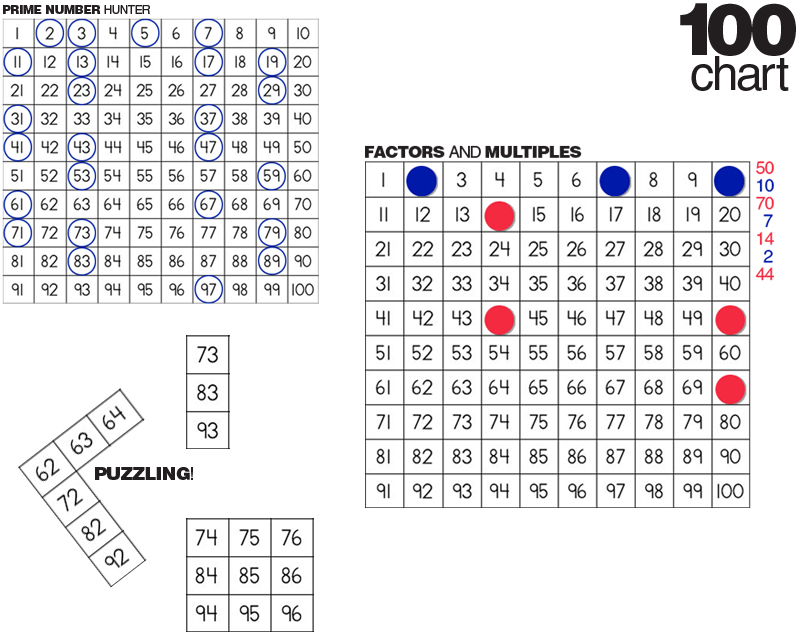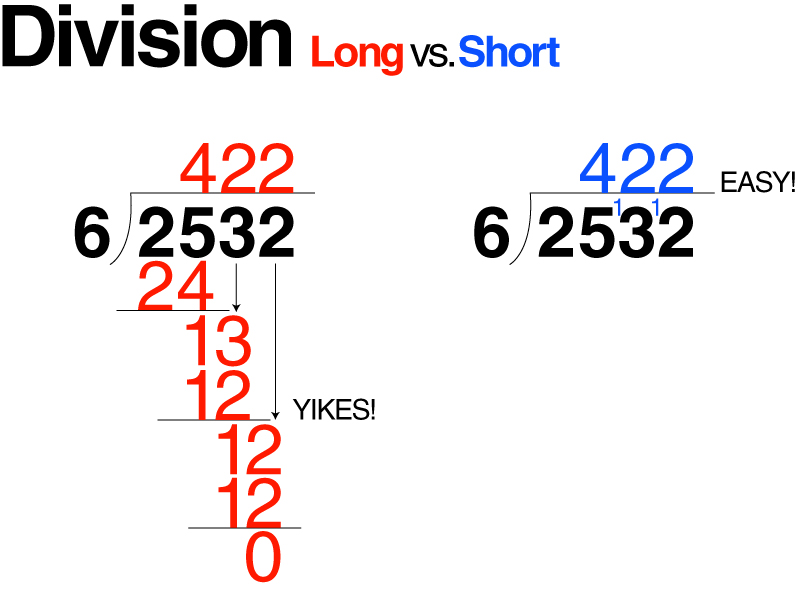
783 original hands-on activities for kids (as well as a compiled archive of ideas from all over the web) with a strong focus on inquiry, design thinking, problem-solving skills, imaginative / creative thinking, nature, drama, learning with movement, music, arts integration and PLAY! - Creative Genius Kids! - for teachers and homeschoolers
Showing posts with label division. Show all posts
Showing posts with label division. Show all posts
Tuesday, August 12, 2014
Learning with Sticky Notes and Yarn
Labels:
addition,
animals,
division,
food web,
games,
let's review,
math,
multiplication,
subtraction,
synonyms / antonyms
Thursday, May 8, 2014
Soda Math - Kid Style
Split students up into groups. Give each group some sugar packets to experiment with multiplication strategies. How many packs do they have? Tell them that each pack has 4 grams of sugar. How can they figure out how many grams of sugar they have?
Once they have figured it out, give each group a different can of soda. Can they figure out how many packs are in their can of soda? First, have them estimate! Then, they solve! They could use their multiplication strategies. More advanced students might figure out that they can get their answer faster by dividing. Students collaborate and problem solve to get the solution! Was their estimated number close to the final result?
Check out Dan Meyers' 3 Acts for videos to go along with this lesson!
Once they have figured it out, give each group a different can of soda. Can they figure out how many packs are in their can of soda? First, have them estimate! Then, they solve! They could use their multiplication strategies. More advanced students might figure out that they can get their answer faster by dividing. Students collaborate and problem solve to get the solution! Was their estimated number close to the final result?
Check out Dan Meyers' 3 Acts for videos to go along with this lesson!
Labels:
division,
estimating,
math,
multiplication
Monday, April 1, 2013
Dice Roll Division
Visit Learn-With-Math-Games for full instructions and division printables!
Monday, March 18, 2013
Fruit Snack Math
Write a fraction for each flavor. Then, graph your flavors. How did your bag compare to your peers? Do you think that the flavors are evenly distributed?
Lay your fruit snacks out an a straight line. Can you find something that is the same length? (measure)
Find a friend and compare your fruit snacks. Who had more cherry? Did you have the same amount of cherry? Compare each flavor using greater than, less than, or equal to signs.
Create a multiplication array with your fruit snacks. Then, practice division. How can you divide your snacks evenly if you shared your bag with your mom and dad?
Write addition and subtraction number sentences: What is the sum of your strawberry and grape (2+3=5)? If you ate all of your orange and lemon, how many fruit snacks would be left (12-5=7)?
Make different patterns with your colors. Did you have any difficulty because of the colors in your bag?
More fruit snack activities:
Fruit by the Foot Ruler - measure by the foot
Chopsticks! - practice place value with swedish fish
Growing Gummy Bear - grow a gummy in water and measure!
Gummy Worms - How long can a gummy worm be stretched?
Fruit Roll Up - Area/Perimeter
Labels:
addition,
arrays,
division,
estimating,
fractions,
graphing,
greater than / less than,
math,
measuring,
multiplication,
subtraction
Saturday, November 3, 2012
100 Chart Games
1. Prime Number Hunter - Who can find all the prime numbers the fastest?! - Education.com
2. Factors and Multiples - 2 players: 1st player puts a marker on the number 50. Then next player puts a marker on a factor or multiple of 50. Kids continue to take turns finding factors or multiples of the number the previous player put their marker on. The player who fills the board first wins! - Nrich
3. Puzzling! - Cut up a 100 chart into a puzzle!
4. Secret Picture! - Kids answer number sense questions, follow a color key, and figure out the hidden image! Have students make their own for a friend to solve! (see image below)
5. 20+ games using a 100 chart! - Let's Play Math!
Note - You can find printable 100 charts online. The one I used is from Madame Parker's Grade One
Labels:
10 more/10 less,
100th day,
division,
games,
GCF / LCM,
math,
multiplication,
numbers
Tuesday, October 23, 2012
GCF and LCM
In addition to the factoring tree, try these two different ways to find the greatest common factor and least common multiple by Rebecca Newburn!
"Indian Method"
Kids figure out what number goes into each of the digits (should be the same numeral). They write the number along the side line to the left. They continue this process until there is no common divisor. Then, they multiply the numbers (common divisors) on the left and presto - they have their GCF! To find the LCM, they create an "L" around the numbers to the left and the bottom row (see example below). They multiply and find the least common multiple, easy! This method makes it a cinch for students to find the GCF and LCM of more than 2 numbers. Click here for a video!
"Birthday Cake Factorization" and Venn
Kids create tiers for their "cake" (see example below), when they reach the number 1, voila, they have a candle! Then, using their "cakes," they can figure out the greatest common factor and least common multiple with the help of a venn diagram. Click here to see the process in action! Also check out Rebecca's other videos for making math simple!
"Indian Method"
Kids figure out what number goes into each of the digits (should be the same numeral). They write the number along the side line to the left. They continue this process until there is no common divisor. Then, they multiply the numbers (common divisors) on the left and presto - they have their GCF! To find the LCM, they create an "L" around the numbers to the left and the bottom row (see example below). They multiply and find the least common multiple, easy! This method makes it a cinch for students to find the GCF and LCM of more than 2 numbers. Click here for a video!
 |
"Birthday Cake Factorization" and Venn
Kids create tiers for their "cake" (see example below), when they reach the number 1, voila, they have a candle! Then, using their "cakes," they can figure out the greatest common factor and least common multiple with the help of a venn diagram. Click here to see the process in action! Also check out Rebecca's other videos for making math simple!
Labels:
division,
GCF / LCM,
math,
multiplication
Wednesday, September 19, 2012
Long vs. Short Division
Having trouble with long division, simplify it! This simple trick comes from Math Guide.
Short Division example below:
1. 6 into 25 = 4
2. 1 left over, draw it in front of the 3
3. 6 into 13 = 2
4. 1 left over, draw it in front of the 2
5. 6 x 2 = 12, No remainder!
Short Division example below:
1. 6 into 25 = 4
2. 1 left over, draw it in front of the 3
3. 6 into 13 = 2
4. 1 left over, draw it in front of the 2
5. 6 x 2 = 12, No remainder!
Friday, August 31, 2012
Picnic Fractions
For a math station, set up a picnic basket of food (images for kids to cut). Students plan a picnic, create food fractions (use a ruler and scissors), glue food fractions on a paper plate, and write the fraction for each item. Kids are not only practicing their fraction skills, but division too!
Thursday, June 21, 2012
Division, the Opposite of Multiplication
Awesome ways to help kids with their division skills from The Hanleys! Click here to see ways to multiply!
Monday, June 4, 2012
Twister Place Value and Learning Games
More Math - Check out Raki's Number Creation, as well as Twister Addition (Subtraction, Multiplication, Division) and Twister Graphing. Visit Catherine Weiskopf for Twister Fractions.
Literacy - Check out Raki's Twister Spelling, Parts of Speech with Categories, Silly Sentences, and Create a Word. Visit Academic Vocabulary and 2nd Grade with Mrs. Wade to see Twister Vocab.
View traditional Twister Rules
Labels:
addition,
division,
fractions,
games,
graphing,
math,
multiplication,
numbers,
parts of speech,
place value,
spelling,
subtraction,
vocabulary,
writing
Thursday, May 31, 2012
Beginner's Division
Division doesn't have to be so complicated! Have kids practice equal division by dividing snacks, crayons, and even friends into groups.
Friday, May 25, 2012
Let's Roll!
Roll a hula hoop down the pavement in a line. Mark the starting line and draw a line from the starting point to where it stopped. Now, use your measuring skills to figure out how many times the hula hoop rolled in a complete circle! Cut a piece of string the size of the hula hoop's circumference. Hold one side of the string and lay the other end around the hoop until it meets the side you are holding. The string represents the circumference. Use a ruler and measure the piece of string to find the circumference. Next, measure the line you drew on the pavement to figure out how far the hoop traveled. To figure out how many times it rolled divide the distance by the circumference.
For smaller kids, you can simply use your circumference string and make marks on the line you drew. Count your marks. Your marks represent one full hoop. How many times did your hoop roll?
Labels:
division,
math,
measuring,
outdoors,
spring / summer
Saturday, May 19, 2012
Kid Calculator
Excuse the 3 2 1 line (it's written backwards), my bad!
Labels:
addition,
division,
games,
math,
multiplication,
outdoors,
sidewalk chalk,
spring / summer,
subtraction
Thursday, May 17, 2012
Wet N Wild Math
Water Balloons
1. Division - Count up how many water balloons you have in all. Then, figure out how many you and your friends will get.
1. Division - Count up how many water balloons you have in all. Then, figure out how many you and your friends will get.
2. Fractions - Choose what color balloons you would like and figure out the fraction for each color.
3. Addition - Water balloon bullseye! Hit the target, aiming for the sections worth the most points. Keep track of your score. Make sure you watch where your balloon bursts! Also, you probably want to tape the target marks. Otherwise, your board will wash away!
4. Geometry - Measure your balloon's circumference. What is the diameter and radius of one water balloon? Also, measure the length and width of your balloon. Can you figure out the volume?
5. Measuring - See who can throw their water balloon the farthest. Measure where the balloon lands.
Labels:
addition,
circumference,
division,
fractions,
games,
geometry,
math,
measuring,
outdoors,
sidewalk chalk,
spring / summer,
volume,
water
Subscribe to:
Comments (Atom)















